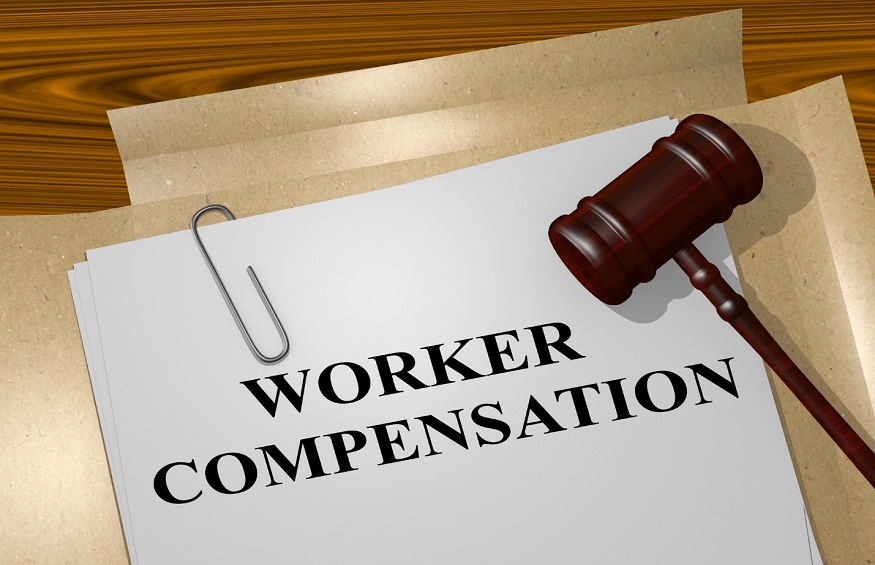After a work-related injury or illness, an employee can apply for a claim for worker’s compensation benefits offered by the insurance carrier of the company. It is mandatory for the insurance company to provide coverage costs associated with medical care as well as part of lost wages among others to the sufferer of a workplace injury. According to Charles Spinelli, almost 90% of companies, regardless of their size and type of business (except some businesses) that come under the Federal or State government should have worker’s compensation insurance as a legal mandate.
Accordingly, on receipt of the claim and after having a necessary investigation and paperwork the insurance company provides compensation to support the injured worker get recovery from injuries while making it easy for employers to ensure the safety and well-being of their workers.
But what if, the injured employee is not satisfied with the compensation provided by the insurer considering that – it is not fair? Under such circumstances, the worker can think of a workers’ compensation settlement by hiring a lawyer specialized in the domain. In this article, Spinelli discusses the procedure of how workers comp settlement works.
Charles Spinelli Offers an Overview of the Workers Comp Settlement Process
In the occurrence of a work-related injury, when a compensation claim is produced to insurance carriers they can either accept or deny it depending on necessary verification and evaluation of the worker’s entitlement to avail the benefits. If accepted, the worker is offered a certain amount as compensation by the insurer company.
It is, however, up to the worker’s decision whether or not to accept the reimbursement offered. In case, the employees guess that the amount of reimbursement is not fair and it is less than what they deserve, they can consult with a lawyer to let them determine what they consider fair compensation depending on their injuries, etc. A lawyer typically considers the following factors while determining the amount of settlement:
- The medical expenses that are already incurred and likely to be added in future medical costs. (Also includes costs against ambulance rides)
- Lost wages and possible loss of earnings in the future till recovery.
- Compensation against impairment of any body part (as per the legal guideline)
- Cost towards retraining the worker to perform some other job, if becomes unfit to perform the earlier job about gain the ability to carry out any other job.
- The gravity of the worker’s claim (Assessing factors that might possibly reduce the amount they will likely receive)
- The rules and regulations of workers comp of the state
- Legal fees.
As Charles Spinelli says, in a regular reimbursement/ settlement process, an injured worker needs to waive further right to sue the employer in the future course for receipt of the approved compensation amount. However, if the insurer doesn’t agree to pay the settlement amount as assessed by the worker’s lawyer, then it goes to the court’s Judge who determines the final settlement.
What Happens if and When a Workers Comp Claim Enters Trial?
When a compensation lawsuit enters into a court proceeding, on evaluation of the whole episode and listening to the lawyers, the judge determines whether the claim is fair. Once the judge decides on the right amount, both the parties involved may comply with the judgment decision or may appeal against the court decision by asking for further review by the higher court based on a lower court order. The timeline for further appeal is 30 days.
In most cases, no one likes to enter into this complex time-consuming legal process. Thus if the insurance company and injured lawyer accept the court’s final verdict, the insurer pays the proposed amount right away and the settlement process comes to an end.
The employee may be paid the settlement money in two different modes: as a lump-sum or one-time payment or in a structured way whereas the employee will continue to get payment over an agreed period.

